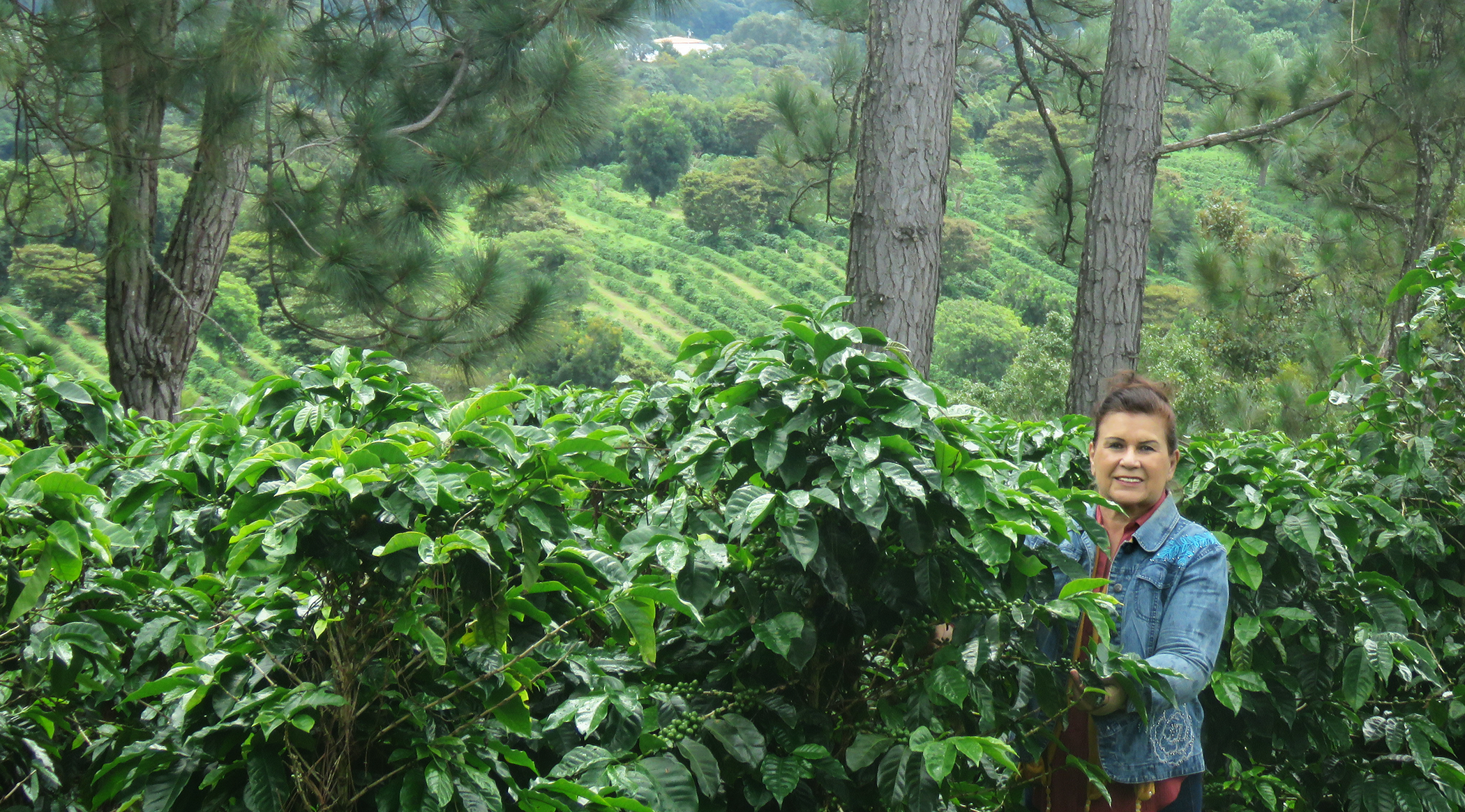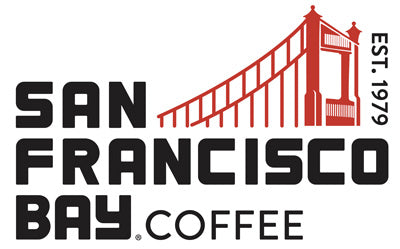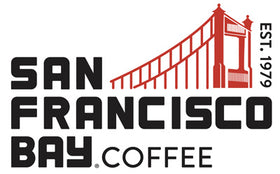MEET OUR FARMERS
Our Meet Our Farmers series provides a glimpse into the history, legacy and dedication of the farming families whom we partner with. When you purchase San Francisco Bay Coffee, you are joining our efforts to improve the lives of our farmers and those in their communities around the world.
July 1, 2021
Finca Cafelandia, Panama

High in the mountains of western Panama, at the base of the Baru Volcano, Virginia Rojas manages a farm that has been in her family since the early 1900s. She and her sister, Minerva Rojas de Wong, now own Finca Cafelandia, which they inherited from their father, Maximo.
Maximo Rojas Arce had been a farmer since the early 1900s. In 1932, he purchased 65 acres in the small town of Volcancito, Boquete and began farming sugar cane, vegetables and cattle. Friends of his at the nearby Finca Lerida provided him with seed to begin planting coffee, which he introduced into his already thriving operations. Then in 1964, Maximo decided to pass the farm on to his daughters, Virginia and Minerva. Working closely with their father, they began planting more and more coffee, and through the years the focus of the farm shifted completely to the production of some of the region’s most celebrated varietals.

Maximo Rojas Arce, father of Virginia and Minerva and founder of Cafelandia Coffee Farm.

Minverva and Virginia with their siblings and grandkids.
The Rojas Family planted two specific cultivars: Geisha (which started in Kenya, and was then introduced to Tanzania on its way to Costa Rica and then Panama) and Pacamara (a blend of the Pacas and Maragogipe varietals, taking its name from the first four letters of each of its parents). The rich, volcanic soil of the Volcancito region is filled with the perfect balance of nutrients. Combine this with the low temperatures common to the elevation of the land and you have the optimal conditions needed to produce some of the best coffees in the world.
Virginia is currently in the middle of the growing season at Finca Cafelandia. It’s a time when supplemental fertilization is applied to provide the extra nutrients the plants need to develop the healthiest coffee beans. She employs two permanent workers year-round on the coffee farm, but during the growing season, the operations expand to bring on between four and six temporary workers who help with the many maintenance chores involved. As the year progresses and harvest approaches, Virginia will welcome between forty and fifty more workers. All these laborers will live on her farm in well-maintained quarters with utilities included (electricity, potable water, gas).

Virginia Rojas working on anaerobic fermentation coffee with (from left to right) George Wong (Minerva´s son), Alejandro (farm foreman), Gina Wong (Minerva´s daughter) and Virginia.
Developments and experimentation in the processing of coffee are constantly being employed by Virginia to make sure that she is keeping up with the industry. During the growing season, for instance, she is utilizing the drench method of fertilization. She says this is the most effective way for the plant to quickly take in the nutrients it needs. Virginia is also exploring the differences between beans that are anaerobically fermented (where the coffee cherries are pulped first) and carbonic maceration (a term borrowed from the wine industry, where grapes are fermented without pressing the juice). In coffees, this process creates a bright and winey blend with strong notes of red fruits.
All of these cutting-edge processes help Virginia provide an incredible palette of coffees to San Francisco Bay Coffee. Currently she offers Catuai, Caturra and Typica varietals as well as Geisha and her award-winning Pacamara. Finca Cafelandia competes yearly in the Best of Panama coffee competition, and Virginia’s Pacamara places in the top 10 each year.

From left to right: Virginia Rojas, Linda Pitti (Virginia´s daughter) and Minerva Rojas (Virginia´s sister and farm co-owner) accepting an award at the Best of Panama coffee competition.
Virginia’s relationship with San Francisco Bay Coffee, which began back in 2005, has meant big things for her workers, her profits, and her productivity. When San Francisco Bay Coffee began purchasing coffee there, they paid twice the previous price per pound. Virginia says they saved the coffee industry in Panama. San Francisco Bay Coffee also helped with the cost of building Finca Cafelandia’s living quarters, which in turn allowed Virginia to invest more on the farm – upping her yield from 130 to more than 800 hundred-pound bags per year!




From left to right, top to bottom: Finca Cafelandia’s living quarters. Cafelandia’s Don Maximo line of roasted coffees for the local market. Coffee beans being processed in drying beds. Farm workers and their families who live on the farm. The building in the background is a new facility with a small warehouse, cupping room and area for tourists.
From top to bottom: Finca Cafelandia’s living quarters. Cafelandia’s Don Maximo line of roasted coffees for the local market. Coffee beans being processed in drying beds. Farm workers and their families that live on the farm. The building in the back is their new facility with a small warehouse, cupping room and area for tourists.
And while there are always challenges to be faced, Virginia addresses them with gratitude. Covid-19 has given her the opportunity to protect her workers by adapting their living and working spaces to incorporate current safety precautions. As she looks ahead to future years in the industry, she sees lack of labor and continuous cost increases presenting new obstacles. Thankfully, her farm’s high productivity and excellent living conditions have allowed her to find the good labor she needs.

Virginia Rojas at cupping training at Best of Panama event.
Virginia looks forward to investing in ecotourism, opening Finca Cafelandia to tourists, giving them a taste of what she and her family have created in a brand-new cupping room, and creating a small museum to share her farm’s rich history. She’s proud of her relationship with San Francisco Bay Coffee Company and proud of her family’s four-generation commitment to the Panamanian coffee industry.



